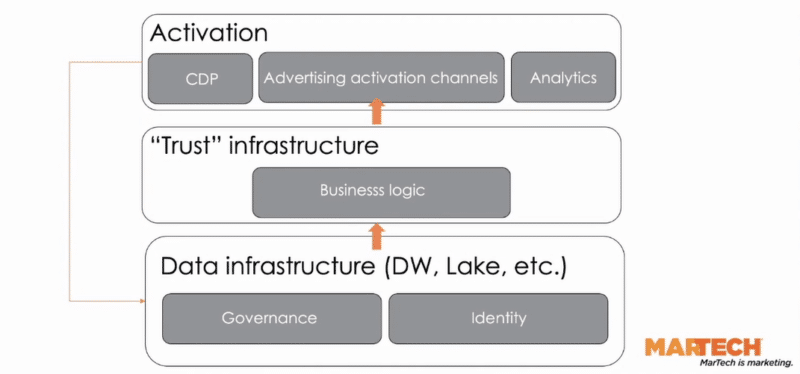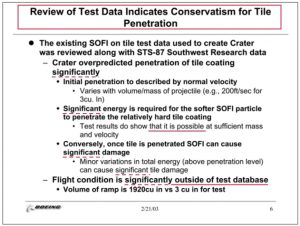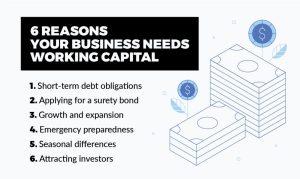What data clean are, who uses them and why, how much they cost, where they fit in your stack and more.
Data clean rooms (DCRs) are a relatively new technology that marketers are using to enhance their use of data in a privacy-compliant way. Ana Milicevic, principal and co-founder of management consultancy Sparrow Advisers, recently gave The MarTech Conference some answers to pressing questions marketers have about how DCRs can power their stack.
“If you are in a decision-making role you are probably tasked with at least evaluating whether this is a technology that you need to pay attention to,” said Milicevic. “And if you’re a practitioner, you very likely have to come up to speed on how to use it and on whether it’s relevant to your company.”
What is a DCR?
“It’s a technology that creates a secure, collaborative environment where two or more parties can use data for specific, mutually agreed upon purposes while eliminating exposure of that data to other parties,” said Milicevic, citing the IAB.
Why use a DCR?
“The key innovation here is how potentially sensitive customer data sets are handled,” Milicevic explained. “[Marketers] simply need a better, more secure environment to collaborate with potentially sensitive data sets — first-party data sets in particular.”
First-party data is becoming increasingly scarce with the introduction of privacy regulations like GDPR and CCPA, as well as the phasing out of third party cookies by Google and other privacy actions by major tech companies along the lines of Apple’s Mail Privacy Protection (MPP) program.
Who uses DCRs?
DCRs can be used by brands, agencies and publishers. The catch is that these organizations should already have a high level of data maturity — they’ve made prior investments in data technology and have substantial teams to work with the technology. This means that right now the technology favors larger companies.
“Process cost and maturity are two significant gating factors that currently put data clean rooms as a super-premium or ‘luxury’ solution,” Milicevic said.
How much does it cost to use a DCR?
Two-thirds of DCR users have spent a minimum of $ 200,000 on the technology, and a quarter of those surveyed by the IAB have spent over $ 500,000, according to Milicevic.
The annual cost can go up over $ 2 million annually when adding in privacy protection tools and other technology that makes the DCR usable.
What are current and emerging use cases for DCRs?
Current uses for DCRs include
- Data privacy compliance;
- Data anonymization;
- Data cleansing and normalization and
- Data transformation and enrichment.
Emerging use cases include:
- Attribution;
- ROI measurement and modeling;
- Mixed media modeling and
- Predictive analytics.
“In addition to privacy safety and the ability to combine first-party data sets is…being able to do very advanced analytics in a much easier way,” said Milicevic. “If you are a data scientist or have data scientists on your team, you’ve probably heard quite a few complaints about how long it takes to get data into a shape where it can be analyzed. Data clean rooms will reduce this complexity significantly for a lot of advanced analytics.”
Where does a DCR fit in your stack?
Generally, the DCR fits between the organization’s data layer and activation layer.
Here is a basic map that is by no means exhaustive:

At the bottom of the stack is the data infrastructure layer that might include a data warehouse, data lake or similar container. Data governance and identity tools also live in this layer.
Sitting above that is what Milicevic calls the “trust layer,” and that’s where the DCR is. Also in the trust layer are decisioning tools that use data to inform activation found in the layer above it. The activation layer includes all advertising activations and other tools like CDPs that can have activation capabilities.
“What’s particularly attractive about data clean rooms is that they pull out the business logic that used to previously live either in the data infrastructure or activation layers…and now it’s centralizing it,” said Milicevic.
The post Marketing use cases for data clean rooms appeared first on MarTech.
(10)
Report Post







